Coffee bean grind degree 1 to 10 which is the finest how to adjust the hand-made coffee bean cooking and grinding thickness standard reference
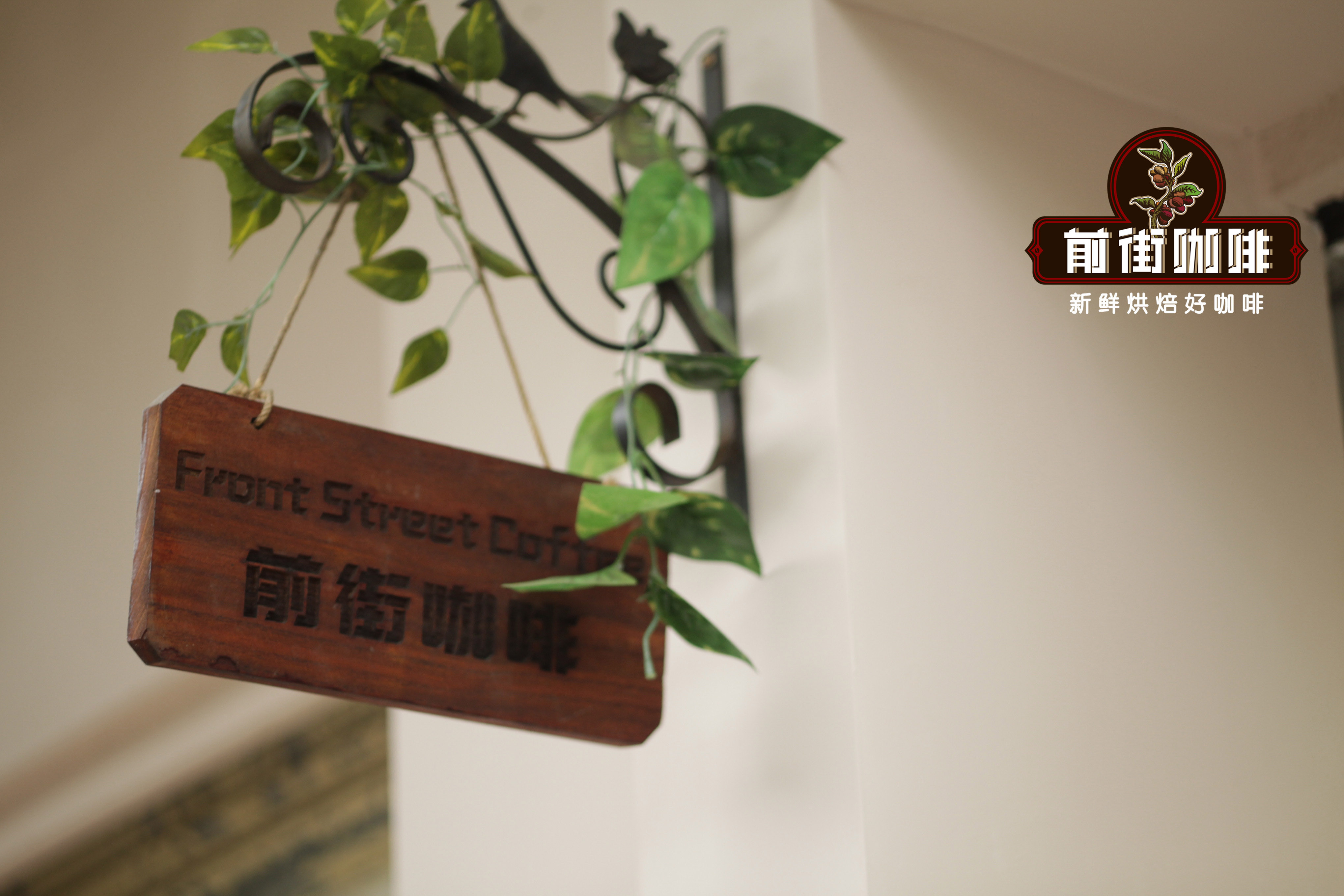
Professional coffee knowledge exchange more coffee bean information please follow the coffee workshop (Wechat official account cafe_style)
Which is the finest coffee bean grind degree from 1 to 10? In most cases, the smaller the number, the smaller the powder.
The degree of grinding of coffee beans plays an important role in the extraction of a cup of coffee liquid. For example, if the coffee powder is too fine, it will be extracted too much when it is used as hand-brewed coffee, and if it is too thick, it will be insufficient. Secondly, the characteristics of beans in each producing area are different, and the standard of the degree of grinding is also different, so how can we correctly adjust the degree of grinding? for example, the grinding scale on the coffee bean grinder on the market is 1-10. How to adjust it is a question, so in this article, Qianjie Coffee will share the standard of grinding fineness of coffee powder. What is the grinding degree of coffee beans?
As mentioned above in Qianjie Coffee, grinding is very important for coffee, because the size of coffee particles will directly affect the efficiency of hot water for wet extraction of coffee. In theory, the more uniform the coffee particle value is, the more consistent the overall extraction efficiency is, and the better the coffee flavor is. The concentration and extraction rate decrease with the thickening of the grinding degree and increase with the finer the grinding degree. The degree of grinding means not only the size and shape of the coffee after grinding, but also the size of the surface area. The finer the coffee powder is ground, the larger the coffee surface area is, and the more the water touches the coffee, the more substances can be extracted. An increase in the surface area (the thicker the grinding) also allows more carbon dioxide emissions in the coffee beans.
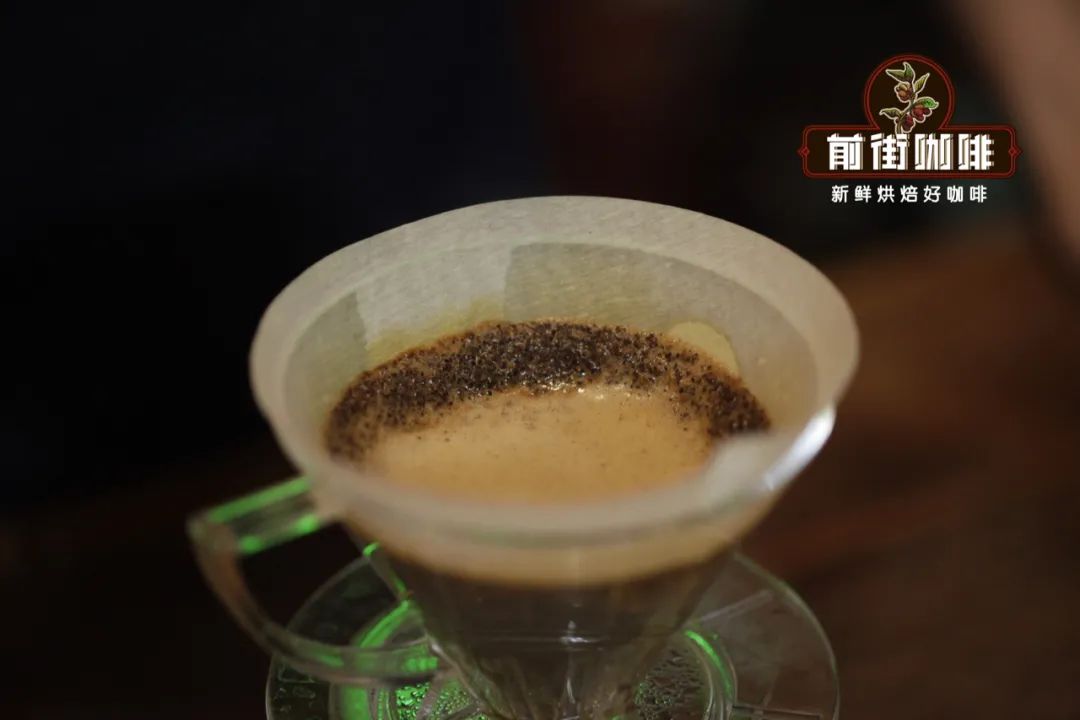
The degree of grinding is often described as the thickness of coffee powder, in which when the coffee powder is thicker, the coffee powder particles are larger, and it takes more time for water to enter the coffee particles to extract coffee substances. Similarly, when the coffee powder is finer, the coffee powder particles are smaller, and it takes less time for water to enter the coffee particles to extract coffee substances.
Therefore, for the same coffee bean, at the same time, the finer coffee grinding degree can extract more coffee substances, so the coffee flavor will be stronger, while the thicker coffee grinding degree can only extract limited coffee substances, and the taste is easy to be light, thus it can be seen that the grinding degree of coffee powder plays an important role in whether the flavor of a cup of coffee can be extracted.
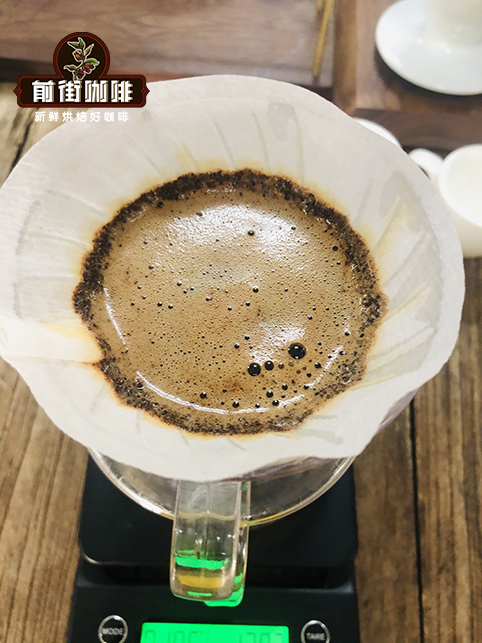
What is the common grinding thickness?
Generally speaking, there are three kinds of coffee grinders on the market according to the grinding interval, one is the bean grinder in the Italian espresso grinding zone, the other is the bean grinder which is not suitable for espresso but can be used for most of the grinding degrees. the last one is that the grinding thickness range can be applied to all kinds of bean grinders.
If you grind according to the recommended grinding thickness of the coffee grinder, you can know several common grinding thickness. the finest grinding degree is suitable for the brewing of Turkish pot coffee, then to espresso, then to medium thickness hand brewing coffee / dripping coffee, then a little thicker is suitable for siphon pot, and finally the coarsest grinding degree is used for kettle cooking.
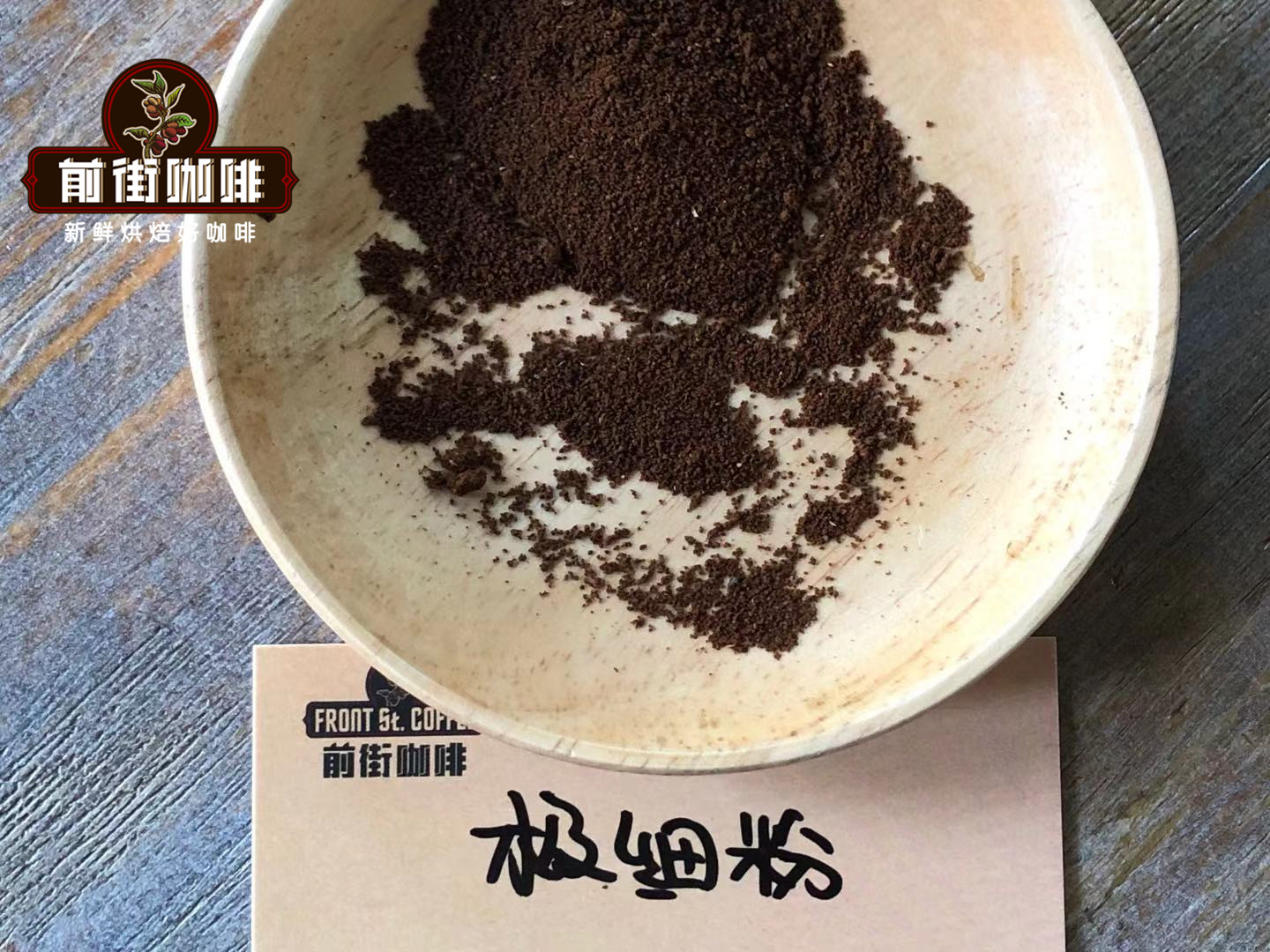
The degree of grinding of espresso is fine, which stems from the production process of espresso and the use of espresso. the production of espresso requires a very short extraction time, usually between 20 and 30 seconds. at the same time, espresso is mainly used to make the base of most Italian coffee, which needs to extract enough coffee substance to support water or milk, so the degree of grinding will be very fine compared with other brewing methods.

Among the many brewing methods, the extraction time of hand-brewed coffee is relatively moderate, with an average of about 2 minutes, of course, 1 to 3 minutes is fine, but the average extraction time of most one-person hand-brewed coffee is 2 minutes. Compared with espresso, the degree of grinding is not too fine to avoid excessive extraction, so the degree of grinding belongs to medium thickness.
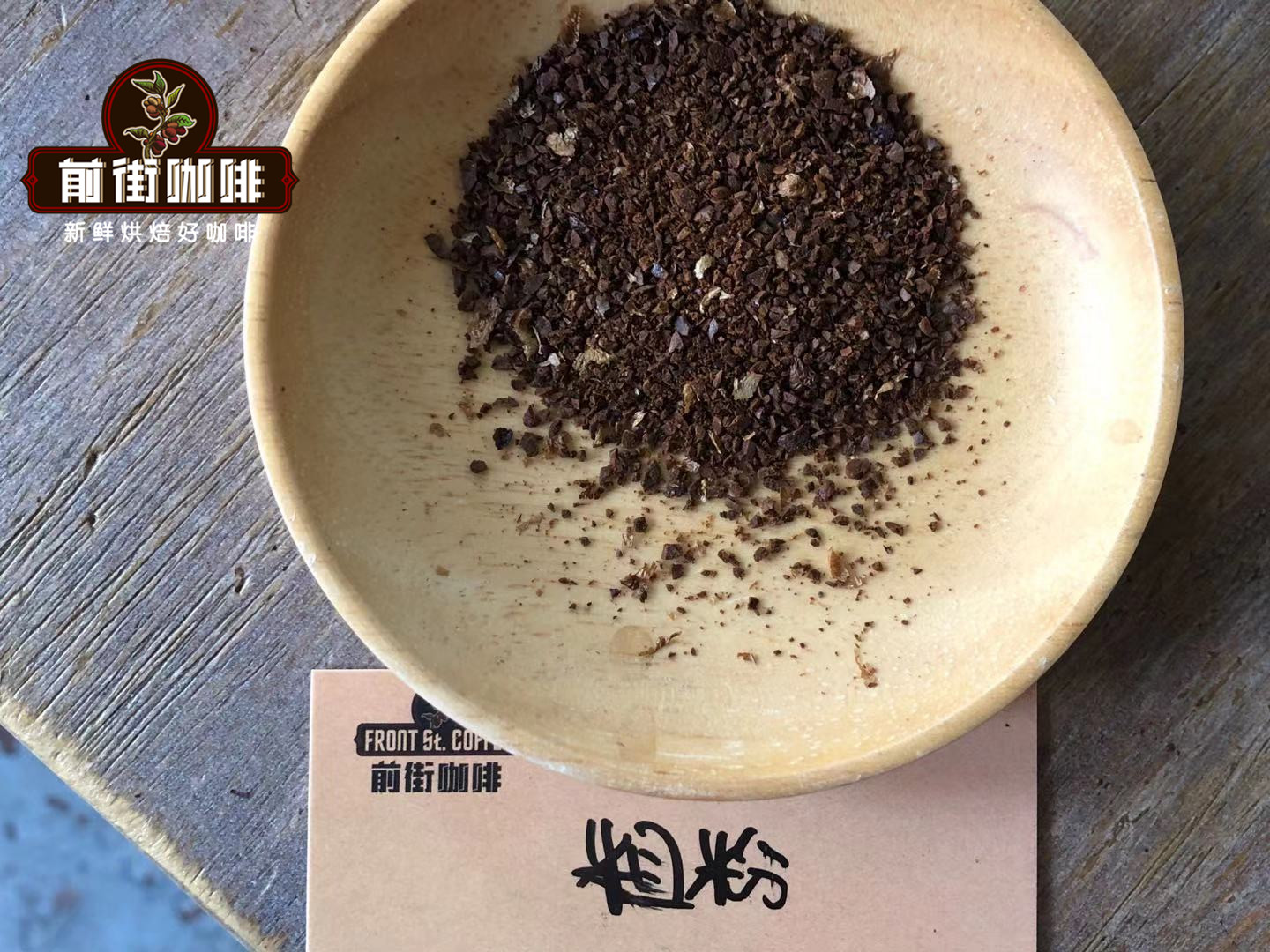
The extraction time of pressure pot coffee is 4 minutes or more, which is longer than that of hand-brewed coffee, so the grinding degree of pressure pot coffee is the thickest, in order to avoid over-extraction caused by long-time extraction. How to adjust the grinding degree of coffee beans from 1 to 10?
From the description of Shangqianjie coffee, we can know that the degree of grinding of coffee powder used by different coffee extraction methods is also different, and the type of coffee grinder in everyone's hand is different, so the parameters to be adjusted in the degree of grinding are also different. some grinders may be adjusted to 3 for very fine grinding, while others may have to be adjusted to 1 for very fine grinding. In this case, only sieve powder can be used to confirm the grinding degree. Then the coffee in front of the street here will be explained by the grinding degree of hand-brewed coffee.

What degree of grinding should be used to make coffee by hand?
Take the freshly roasted beans of Qianjie Coffee as an example, the hand-made coffee beans are divided into medium-light roasting and medium-deep roasting.

Light roasting-Qianjie Coffee Yejia Sheffield washed Fruit Ding Coffee beans
Light roasted coffee beans in Qianjie coffee: light roasted coffee beans will show sour taste, and caramelized substances are not easy to extract from cups. Qianjie Association recommends medium fine grinding (0.85mm 's No. 20 sieve pass rate of 80%, that is, the size of fine sugar). Medium fine grinding can slow down the time of water passing through the powder layer, and better extract the sour and sweet substances in coffee. And caramelized substances balance the flavor of coffee. Medium and fine ground coffee powder is recommended to brew at 90-91 °C. too high water temperature will extract caramelized substances too high, resulting in bitterness, while too low water temperature will lead to insufficient extraction, and only some sour and sweet substances will be extracted, making the coffee flavor insipid and boring.
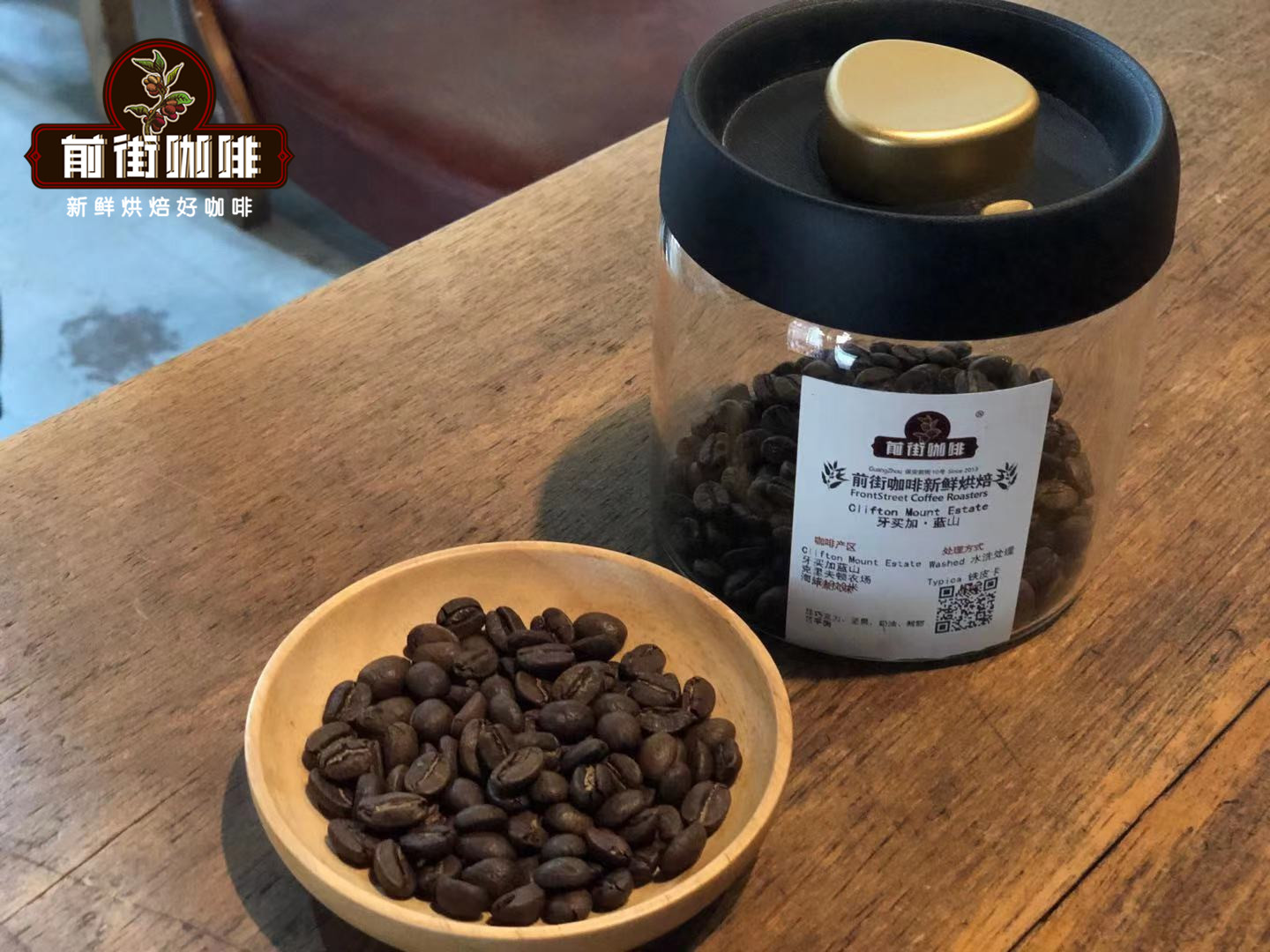
Medium and deep roasting-Front Street Coffee Jamaica washed Blue Mountain Coffee beans
Deep-roasted coffee beans in front street coffee: medium-and deep-roasted coffee beans are generally less sour and mellow, which means that caramel-flavored substances are more abundant. Qianjie will recommend the use of medium coarse grinding (the pass rate of 0.85mm 's No. 20 screen is 70%, that is, the size of coarse sugar). Medium coarse grinding can speed up the time for water to pass through the powder layer, so that the caramelized substance will not be excessively extracted, and the coffee flavor and taste will be sweet and mellow without producing unpleasant bitterness. Medium and coarse ground coffee powder is recommended to brew at 88-89 °C. if the water temperature is too high, the flavor of the coffee will be bitter and difficult to swallow, and the flavor of the coffee will be dull and insipid.
How to use 0.85mm 's No. 20 screen?
With regard to the degree of grinding, Qianjie is determined by screening this method, according to the grinding advice provided by the American Fine Coffee Association SCA for hand-brewed coffee, Qianjie is combined with the actual operation verification. If you don't have a sieve at home, Qianjie Coffee suggests observing the speed of the water to judge that if the flow is too fast, it is coarse, and if the flow is too slow, it is fine.
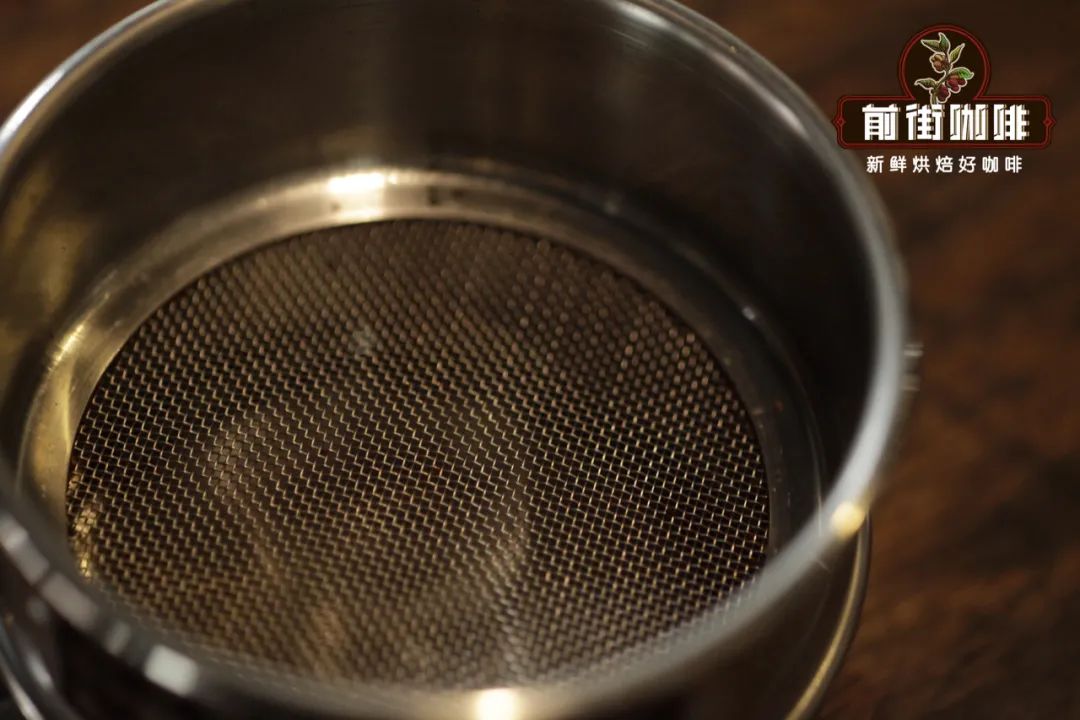
First of all, prepare 10g coffee beans for grinding, initially determine a grinding degree according to the size of fine sugar and coarse sugar, then pour into the sieve, cover the lid, shake left and right, so that the coffee powder falls into the powder plate below through the sieve. No coffee powder is sifted until it passes through the sieve. Then prepare an electronic scale and container to zero, pour the screened coffee powder into the container and weigh it. If the screened coffee powder reaches 8g ±01, it is medium-fine grinding, and if the screened coffee powder reaches 7g ±01, it is medium-coarse grinding. If the pass rate is too much, adjust the grinding degree; if the pass rate is too low, adjust the grinding degree.
The following is the sieve powder data of different extraction methods of Qianjie coffee through many practices, which can be used for your reference.
Thin > thick
80% pass rate of hand race > 75-80% pass rate of American trickling filter > 70-75% pass rate of cup test > 65-70% pass rate of French pressure.
The importance of uniform grinding degree

The powder should be uniform after grinding. Coffee beans become powdered after grinding, and the distribution of powder size has a lot to do with the quality of coffee drinks. The more the size of the powder is concentrated within the target range, the better the flavor will be. If there are too many coarse grains, you will not be able to brew the good taste hidden inside the coffee; if there are too many fine grains, you will make coffee that tastes too miscellaneous and too bitter. If the uneven grinding is more serious, Qianjie suggests changing to a grinding appliance.
The above is the explanation about the grinding degree of coffee bean powder arranged by Qianjie Coffee, hoping to help coffee lovers who want to know the relevant knowledge, so that they can correctly adjust the thickness of coffee powder in the process of coffee extraction in the future.
For more boutique coffee beans, please add private Qianjie coffee on Wechat. WeChat account: kaixinguoguo0925
Important Notice :
前街咖啡 FrontStreet Coffee has moved to new addredd:
FrontStreet Coffee Address: 315,Donghua East Road,GuangZhou
Tel:020 38364473
- Prev
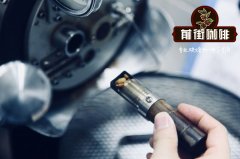
How to master the grinding degree of ground coffee beans? The thicker the coffee powder, the weaker it is? Is it more bitter as it gets finer? How to cooperate
Professional coffee knowledge exchange more coffee bean information please follow the coffee workshop (Wechat official account cafe_style) how to master the grinding degree of coffee beans? The thicker the coffee powder, the weaker it is? Is it more bitter as it gets finer? How to match the cooking? After the coffee powder begins to brew its own coffee, you will gradually find that real coffee connoisseurs have their own bean grinders. Why are you grinding and cooking? Where?
- Next
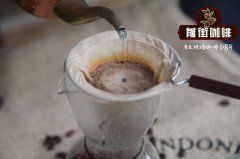
How to match the thickness of coffee powder with the utensils? What kind of equipment does it match with different degrees of thickness?
Professional coffee knowledge exchange more coffee bean information please pay attention to the coffee workshop (Wechat official account cafe_style) how the thickness of coffee powder with the use of utensils? What kind of utensils are used to cook with different degrees of thickness? Coffee is a science, and the deeper the knowledge, the harder it is to see. In addition to making a perfect cup of coffee, there are many specialties in this subject. Look.
Related
- Detailed explanation of Jadeite planting Land in Panamanian Jadeite Manor introduction to the grading system of Jadeite competitive bidding, Red bid, Green bid and Rose Summer
- Story of Coffee planting in Brenka region of Costa Rica Stonehenge Manor anaerobic heavy honey treatment of flavor mouth
- What's on the barrel of Blue Mountain Coffee beans?
- Can American coffee also pull flowers? How to use hot American style to pull out a good-looking pattern?
- Can you make a cold extract with coffee beans? What is the right proportion for cold-extracted coffee formula?
- Indonesian PWN Gold Mandrine Coffee Origin Features Flavor How to Chong? Mandolin coffee is American.
- A brief introduction to the flavor characteristics of Brazilian yellow bourbon coffee beans
- What is the effect of different water quality on the flavor of cold-extracted coffee? What kind of water is best for brewing coffee?
- Why do you think of Rose Summer whenever you mention Panamanian coffee?
- Introduction to the characteristics of authentic blue mountain coffee bean producing areas? What is the CIB Coffee Authority in Jamaica?

